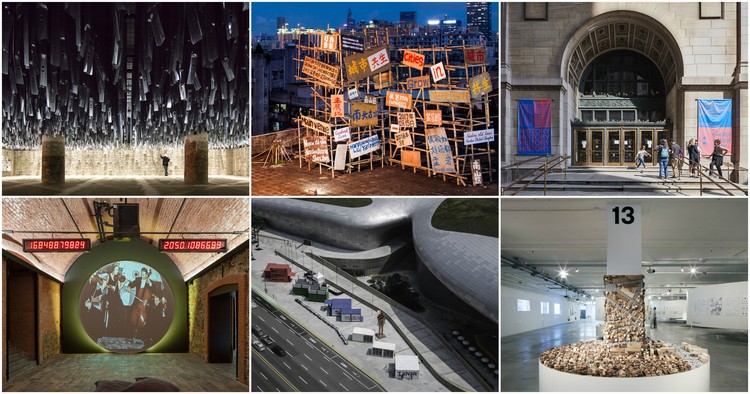
This article was originally published by Autodesk's Redshift publication as "Next-Gen Virtual Reality Will Let You Create From Scratch—Right Inside VR."
The architecture and manufacturing industries are about to undergo a radical shift in how they make things. In the near future, designers and engineers will be able to create products, buildings, and cities in real time, in virtual reality (VR).
In predicting VR’s dramatic evolution, an analogy to early cinematic history is apt: As one legend has it, when the motion-picture camera first came out, actors were filmed on a set, in front of fake trees. Then someone said, “Why don’t you just put the camera in the forest?” Simple, but game-changing. VR technology is already available, and it’s only a matter of time before it is used to its full potential.












-Corey_Gaffer.jpg?1512665374)








.jpg?1512510471)












.jpg?1511989021)